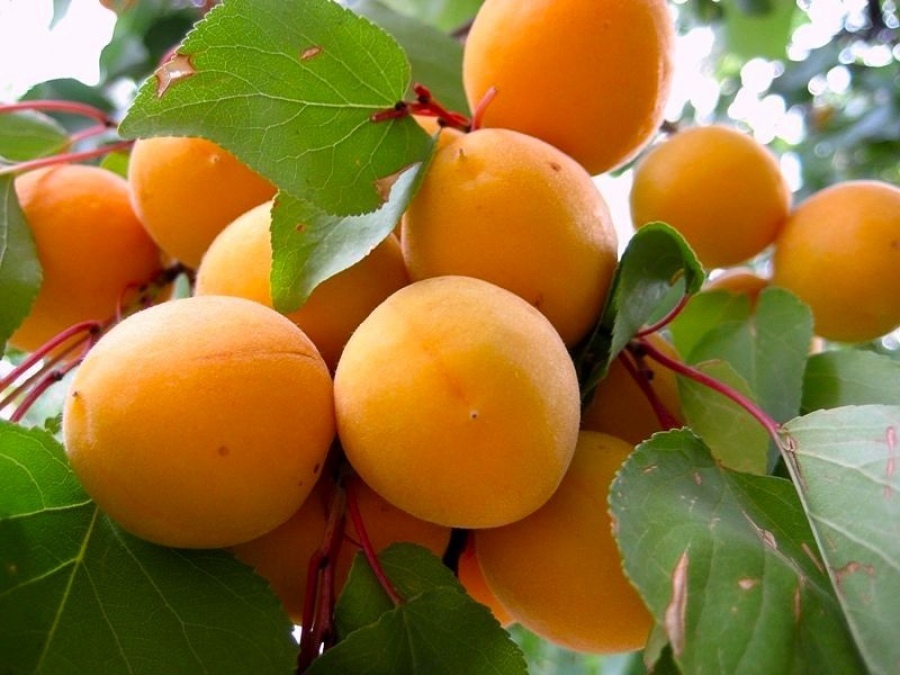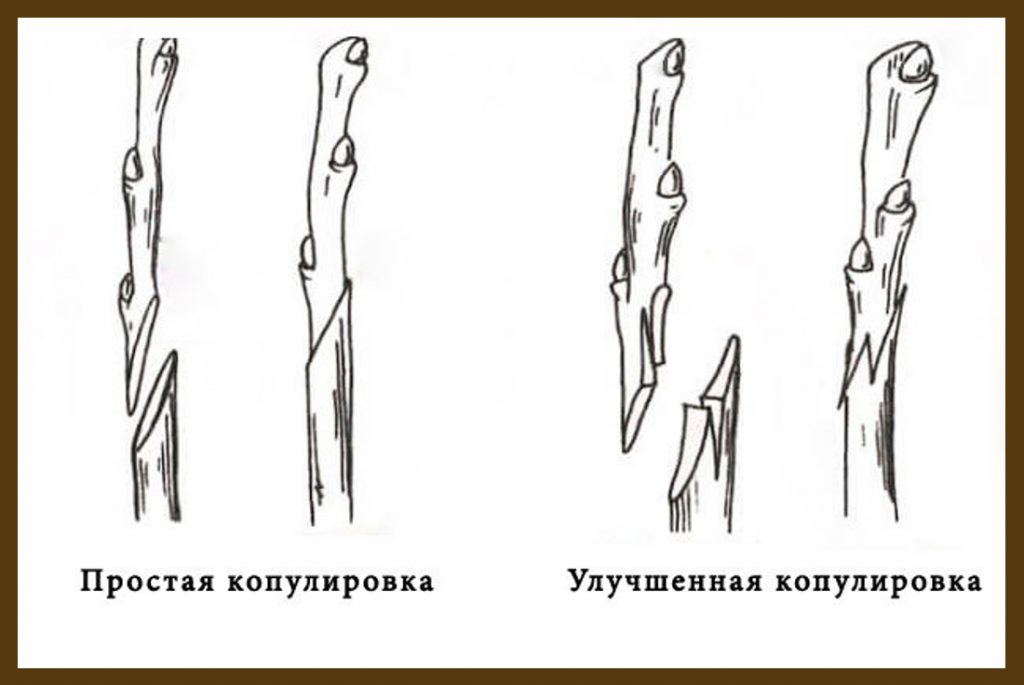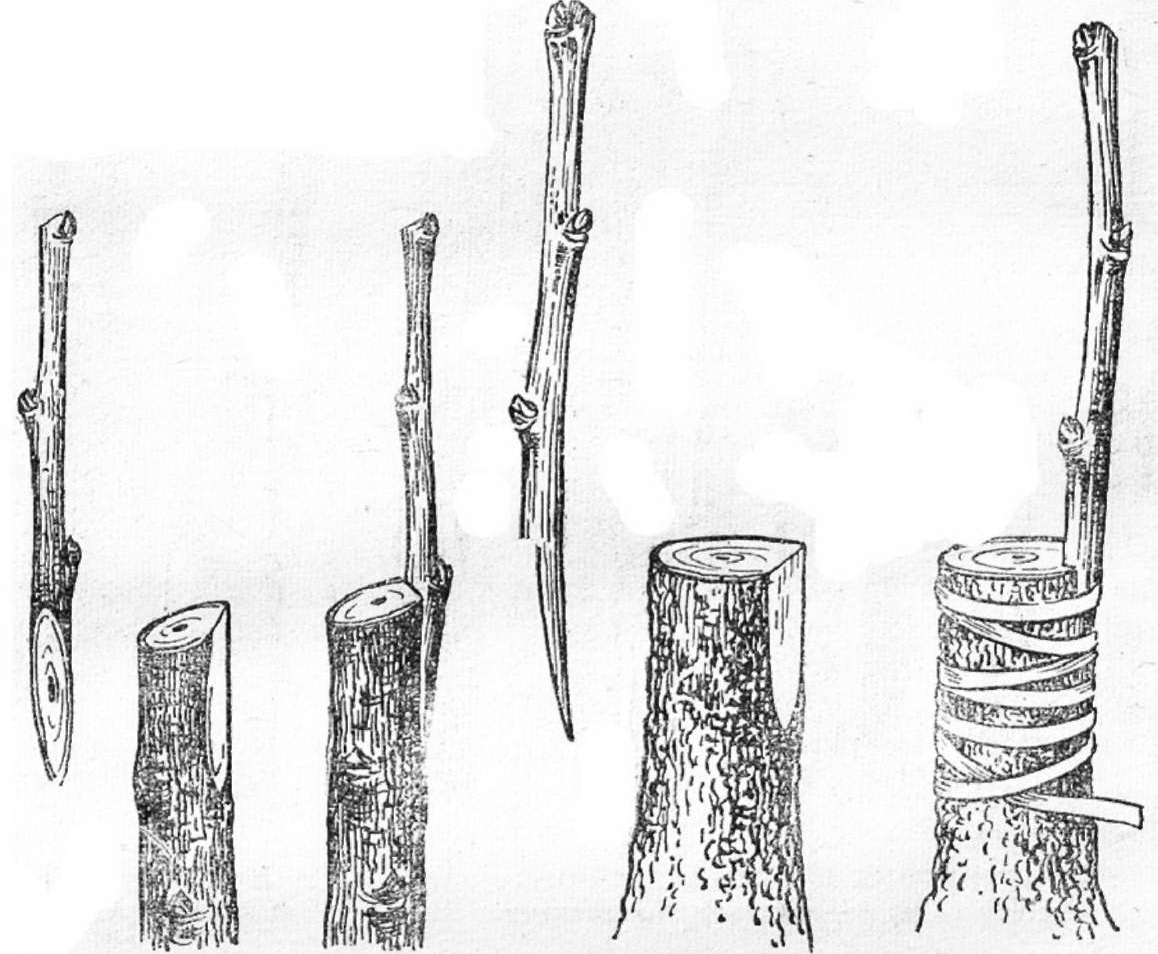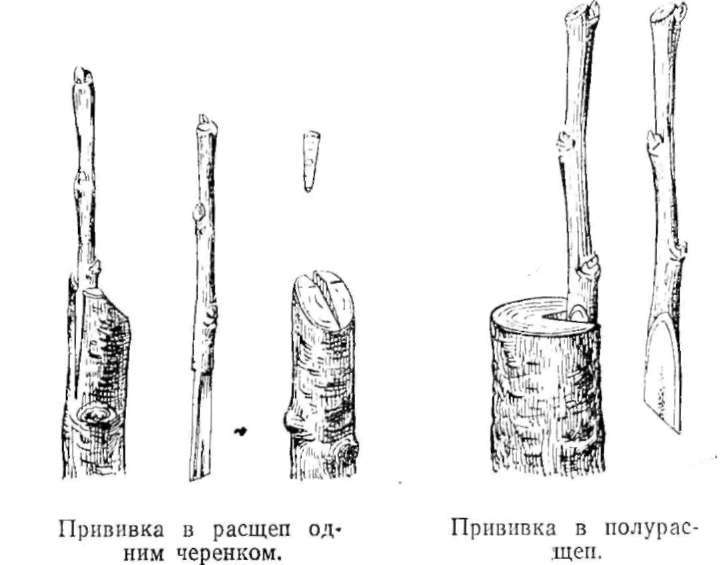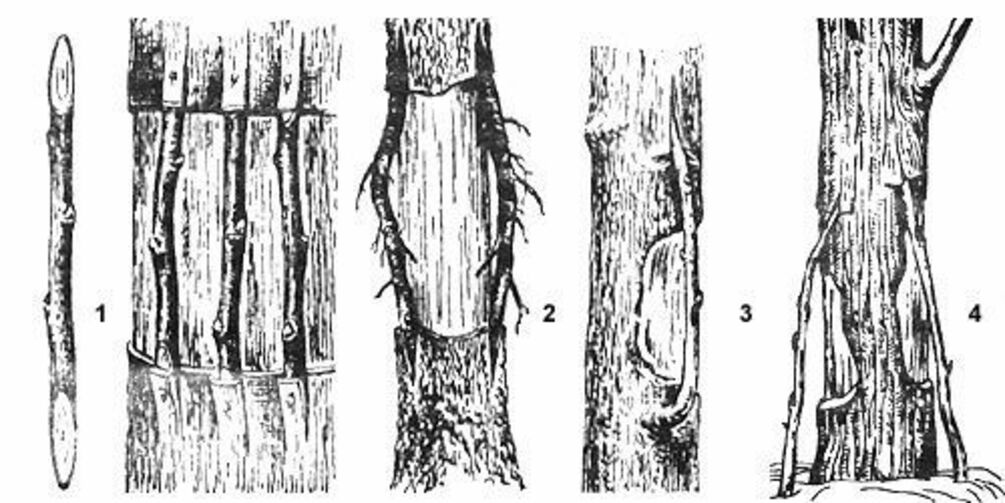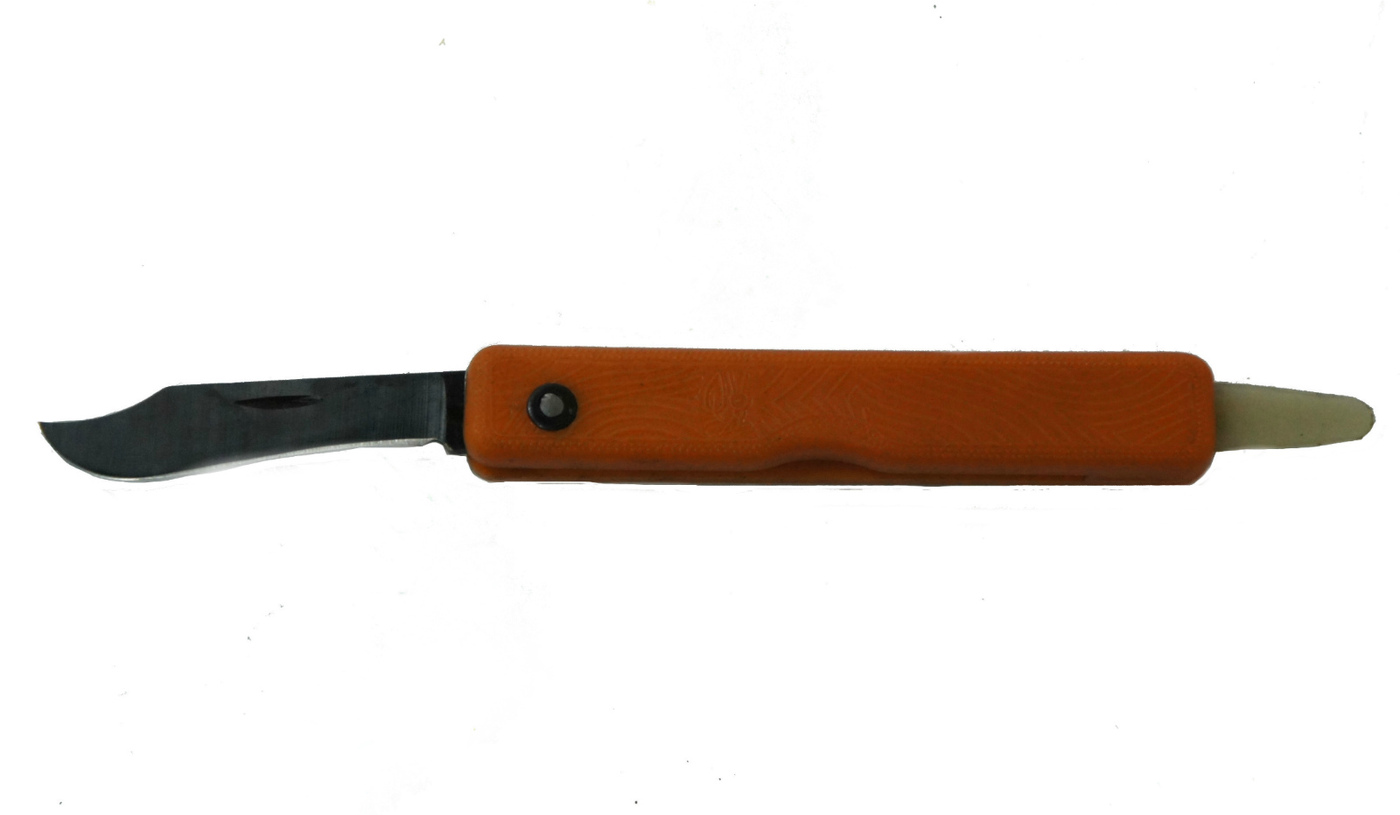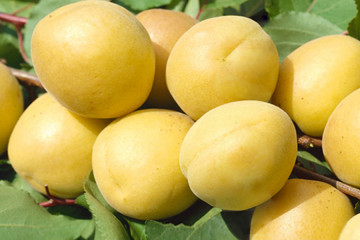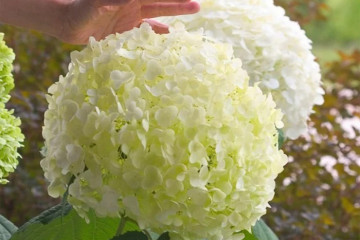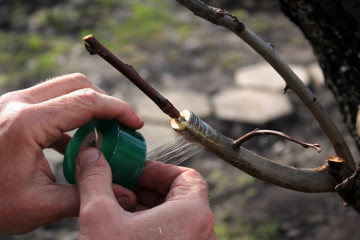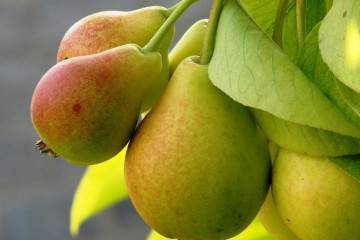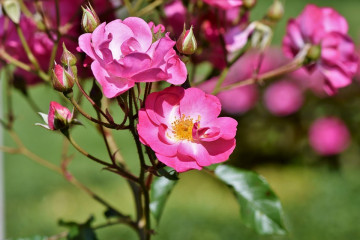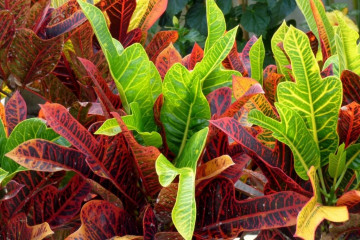How to plant an apricot on an apricot in spring with green cuttings
Content:
- Why plant an apricot: the purpose and benefits of the procedure
- Terms of vaccination of apricots in Russia and not only
- What are the methods of vaccination
- Comparative table of the choice of rootstock for apricot, depending on the region
- Harvesting, storage conditions and preparation of the scion
- Preparation of tools and material
- How to properly graft apricot on an apricot
- Possible errors when grafting apricot
- Apricot care after vaccination
The main way of reproduction of apricot, which allows to give the tree the necessary additional qualities, is its grafting. This is not a difficult matter, knowing how to plant an apricot correctly, any gardener can handle this procedure.
Why plant an apricot: the purpose and benefits of the procedure
Apricot is a thermophilic plant, so most varieties are not adapted to survive in the north of the country. Grafting on a winter-hardy stock can increase the resistance of the variety to temperature extremes.
Grafting may have other goals: domesticating a wild apricot tree, increasing yields, multiplying the variety you like, strengthening immunity, etc.
Terms of vaccination of apricots in Russia and not only
Spring is the most optimal time for planting fruit trees.
- In the middle lane, it is best to start the vaccination from the first days of April.
- In the southern regions of Russia (Krasnodar and Kuban Territories, the Republic of Crimea) and Ukraine, favorable climatic features make it possible to carry out vaccination activities from mid-March.
Vaccination of apricot is carried out in summer and even in autumn. So, in the middle lane and in the south of the country, the cultivation of fruit trees in summer is carried out in a split or by means of propagation by eye - from the second decade of July to the end of August.
At the same time, in the case of a warm autumn, the terms can be extended until mid-September, but no more - the grafted cuttings should have time to take root before the onset of cold weather. At this time, they must be insulated by wrapping them with a special sleeve filled with sawdust and wrapped in polyethylene.
In regions with a harsh continental climate (Ural, Siberia), apricot is grafted only in spring - from the second decade of April to the end of May. In autumn, it is not recommended to carry out work on the propagation of fruit trees here - the probability of a positive outcome is too low.
What are the methods of vaccination
Several methods are used to graft apricot trees, each of which has its own pros and cons.
Grafting apricot by copulation
The main principle of this method is to use a scion and rootstock of the same diameter, the maximum size of which should not exceed one and a half centimeters.
On both shoots, oblique cuts are made (the same in length and angle), after which they are connected together so that they are in close contact. Then a tape is wound onto the grafting site and treated with garden varnish.
Sometimes gardeners, instead of an oblique cut, make a zigzag cut with tongues - such copulation is called improved, since the stalk is connected to the stock much more firmly.
Kidney vaccination (budding)
This method is the easiest and most suitable for beginner gardeners.
In this case, not a branch of a tree is grafted, but only its bud. The bark in the rootstock area where the bud engraftment is planned should be young and smooth. A T-shaped incision is made on it, where a previously prepared scion is inserted. The procedure is completed by wrapping the grafting with a fixing material (without covering the peephole itself) and processing with garden pitch.
How to graft an apricot graft into the bark
This method is suitable when the diameter of the cutting is much smaller than the diameter of the rootstock. The bark of the tree, onto which the new branch will be grafted, is cut and turned to the sides. A branch of the scion is placed in the resulting gap, the base of which is preliminarily cut obliquely. Then the bark is folded back, the place where the plants are combined is tightly wrapped with foil and smeared with pitch.
Side cut
It is used by gardeners in the cultivation of wild apricot species and to improve the fertility of an adult plant. The stem of the stock is incised from the side, and a cutting is placed in the incision.
The base of the cutting must be cut in advance on both sides under the wedge. After placing the scion in the pocket of the rootstock, the grafting site is tightened with a tape and smeared with garden varnish.
Into the cleft
The thickness of the scion cuttings in this case is taken less than the thickness of the rootstock. The latter is cut down to the required length, after which a split up to ten centimeters deep is made in the center with an ax or knife. The base of the branch is cut with a wedge, then placed in the split of the tree. The cleavage site is wrapped with foil and treated with pitch.
The Bridge Method Will Help Save Damaged Trees
The trunk of an apricot can be damaged under the influence of various factors. This is possible due to severe frosts or, conversely, under the influence of excessively high temperatures. Mechanical damage by wild animals or improper care also leads to damage to the tree.
To save trees with large-scale damage to the bark, the "bridge" method is needed. The place of damage is leveled with a knife or pruner. Above and below the bare area, at a short distance from each other, T-shaped cuts are made up to three centimeters long.
Wedge-shaped cuttings of apricot are placed in these slots, thereby connecting the lower and upper parts of the tree. The process of grafting is completed by winding the bridge with tape and putty with pitch.
Comparative table of the choice of rootstock for apricot, depending on the region
The final result is primarily influenced by the quality of the selected scion and rootstock - it is always very important what the apricot is grafted onto. The rootstock for the apricot must be selected depending on the area where the plant grows.
| Geographic location | Suitable rootstock |
| Southern part of Russia | Gerdel; Peach. |
| Middle lane | Cherry plum; Cherry; Seedlings of Manchurian and simple apricot; Plum; Tern. |
| Regions with harsh continental climates | Manchurian apricot. |
However, this does not mean that other trees are not suitable for rootstocks - another stone tree can also be used for grafting.
Are cherry plums and cherries suitable as a stock
Tinting of cherry plum and apricot is a very frequent phenomenon in gardening, it leads to an increase in the immunity of the tree, an improvement in the taste of the crop: the fruit becomes sweeter with a pleasant aftertaste.
Cherry stock is not the best solution: the fragility of its wood can lead to broken branches during fruiting.
Grafting apricot on a turn
Agrarians quite often use thorny rootstock for apricot because of its amazing ability to adapt to temperature extremes, to take root in infertile soil. The main and only one disadvantage of blackthorns is the rapid and massive growth of root shoots, which affects the growth rate of fresh plant shoots and subsequently complicates access to its fruits.
Apricot grafting on cherries and cherries
The survival rate of apricot branches on cherries and cherries is very low, despite the fact that these plants are genetically close. Moreover, the branches of small-fruited plants, due to their structure, cannot withstand the apricot harvest. Thus, combining these plants will lead to the desired result, but problems may arise in the future.
Grafting apricot on a peach
The peach stock is rarely used, since the tree itself is thermophilic and grows only in the southern part of the country. The apricot-peach combination is ideal - the stalk will most likely take root on the stock, but when frost sets in, the peach stock will freeze.
Harvesting, storage conditions and preparation of the scion
Cuttings are cut from branches with a diameter of 5 mm. It is necessary that 5-10 buds are located on a scion 10-15 cm long. For their preservation, it is necessary to provide conditions under which the kidneys do not begin to awaken. To do this, use a refrigerator or a room with a temperature of +2 ° C.
It is also important to monitor the level of humidity, with high rates, the bark begins to rot, which leads to kidney damage.
Before starting the vaccination, the kidney should be examined for suitability. To do this, the lower one is cut with a blade and, if it has a green tint, it means that the stalk has not deteriorated during storage.
Preparation of tools and material
The rounding knife is a tool that is difficult to do without. It must have a very sharp blade for perfect, even cuts.
The branded product is distinguished by its high cost; for non-professional activities, you can get by with a simple penknife with a short blade.
In the autumn, a garden pruner, also with well-sharpened blades, will come in handy for harvesting cuttings, otherwise the branches will simply be pressed down.
For wrapping, you can purchase a special tape or cut polyethylene strips of a suitable length and width. Some gardeners replace them with duct tape or duct tape. Adhesive materials can only be used on the outside with a sticky layer, otherwise there is a risk of bacteria getting into the cut site.
How to properly graft apricot on an apricot
Is it possible, without experience, to plant an apricot on an apricot and what is the success rate of the operation - these questions are of concern to novice gardeners. It is known that this option is considered the most successful. This will noticeably accelerate the appearance of the first fruits, namely by 2-3 years. A simple seedling is ready for fruiting only for 4-5 years of growth.
You can plant an apricot on an apricot even if the seedling was grown from a stone.In this case, a young plant can easily acquire the properties of different varieties, and also positively affect the taste of the fruit.
Compared to apples or pears, it is not customary to plant apricots at ground level. On young trees, grafting is carried out at a height of 30-40 cm from ground level. For large rootstocks, this distance increases to 100 cm, but not more. The higher the procedure is carried out from the ground, the lower the risk of heating and freezing, which often replace each other in the middle lane.
Possible errors when grafting apricot
All novice gardeners make a number of mistakes during apricot grafting. The most basic:
- selection of an old stock or cuttings that are too weak;
- ignoring the recommendations for the disinfection of instruments, which provokes the growth of bacteria, the ingress of dirt;
- errors during the procedure itself (not smooth cuts, etc.).
Apricot care after vaccination
After the procedure is successful, the following care must be provided:
- protect the vaccination site from direct sunlight;
- remove the winding after the appearance of the kidneys;
- remove fresh shoots formed below the grafting;
- carry out the formation of the cutting after 2 years of growth.
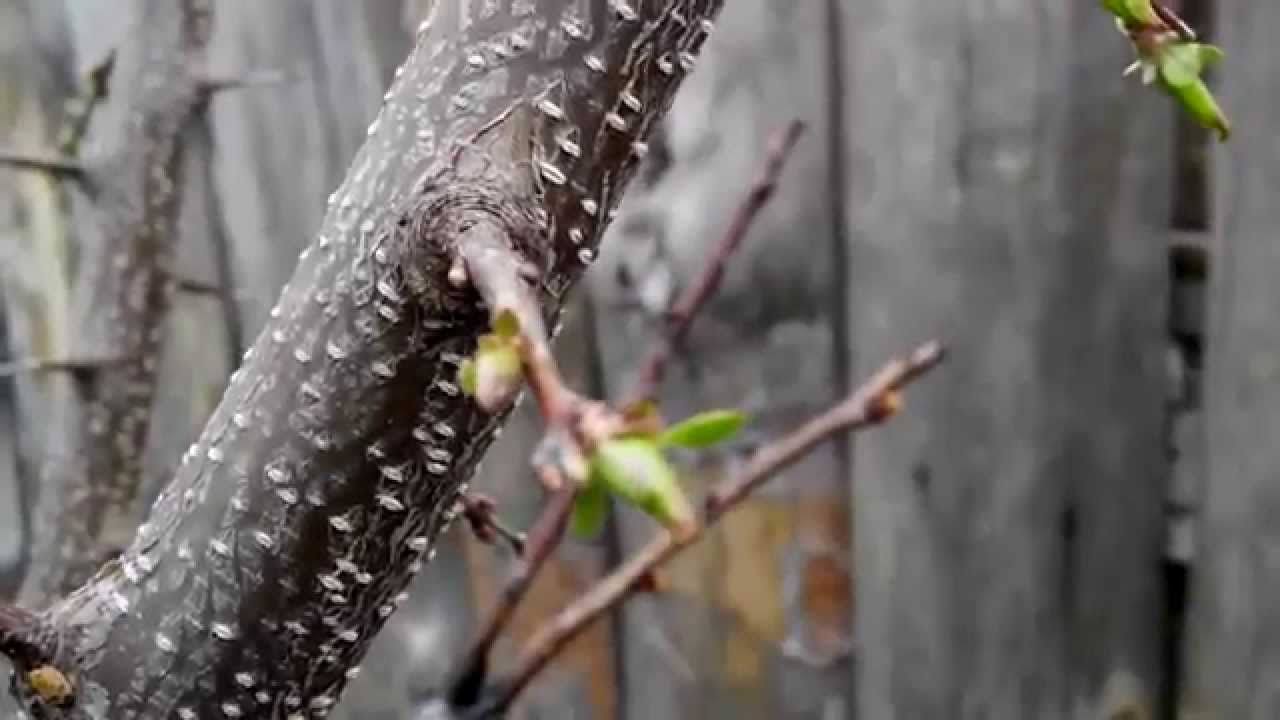
3-5 weeks after vaccination with the appearance of green leaves, the final result will be visible (the summer method is an exception).
If difficulties arise during the vaccination, you should not give up, you can practice on a weak-growing tree. The simplest and most successful method is considered to be cleft inoculation.
